These past few months, I was travelling a few times with family and also alone for continuing education. I spent moments observing and learning things about myself but also of people around me. Travelling is one of those moments in life that challenges us to come out of our comfort zone; as we make our way to a place, which we may or may not know, we encounter new people and situations, requiring us to react and be flexible to changes that may occur to our plans, in order that we get to our destination. I find this exhilarating and insightful.
As I waited to pick up my suitcase at the baggage carousel, I felt myself hopeful, that my suitcase would be on that carousel and maybe one of the first bags out so I could get on my way to where I needed to go to. Yet there is that other side, of the unknown; what if they misplaced my suitcase, put it on another flight and is on another conveyor belt in another airport? This is one of those moments where observation of self teaches us who we really are inside. Am I going to be impatient and fearful, not trusting that the airline baggage staff were able to put the right suitcase in the right place? Or am I going to be patient, knowing that my suitcase will arrive when it arrives, and I will get on the right transport, at the right moment and arrive where I need to get at the right time? The funny thing is that we have a choice in this moment, even if many of us don't realize it or want to realize it. We could choose to be stressed and create worse-case-scenarios in our minds or we could trust that things will turn out the way they should.
I choose the latter; I choose to trust the people at luggage handling to do their jobs, which they often do well, and receive my suitcase in the right moment when I am supposed to receive it, even if it means I may have to wait a moment. This is a great time to practice standing meditation and breathing techniques, practices we do in Tai Ji Quan/ Qi Gong. In fact, it is marvelous to observe the flow of the conveyor-belt, as it meanders through the space of the hall like a dragon with scales, often times black with a shiny metal frame. Then as the bags mysteriously appear through the slot and roll onto the dragon's scales, they land ever so playfully before they find stillness on the dragon's scales, just rotating around on the dragon's back. Around me, I often sense a feeling of relief, "Ah, the luggage is here," or irritation, I imagine due to the stress of travel, "Finally! I need to get going!"
Can you imagine what the vibe in this hall would be like, if we all started to practice breathing deeply and being grateful?
*Inhale, exhale connecting with the energy of Heaven and Earth - 100 times or until your suitcase(s) arrives in front of you. Receive your suitcase saying:
"Oh, there you are, my suitcase. Thank you for coming back to me at this precise moment. I am grateful to all the beings and the instruments that have brought you back to me. Now I may continue on my journey."
*Inhale and exhale
I have a feeling it would make us all less stressed and we would have a more relaxing time travelling through the airport, a place of transition. We might even enjoy travelling and notice something/ someone pleasant in the airport. As we approach summer, holidays for many, try this method for your travels. Look with playfulness for the "dragons" transporting your luggage to you, find gratitude, deep breaths and delight on your journey towards your summer vacation. Happy Trails!
Photo by Markus Winkler on pexels.com

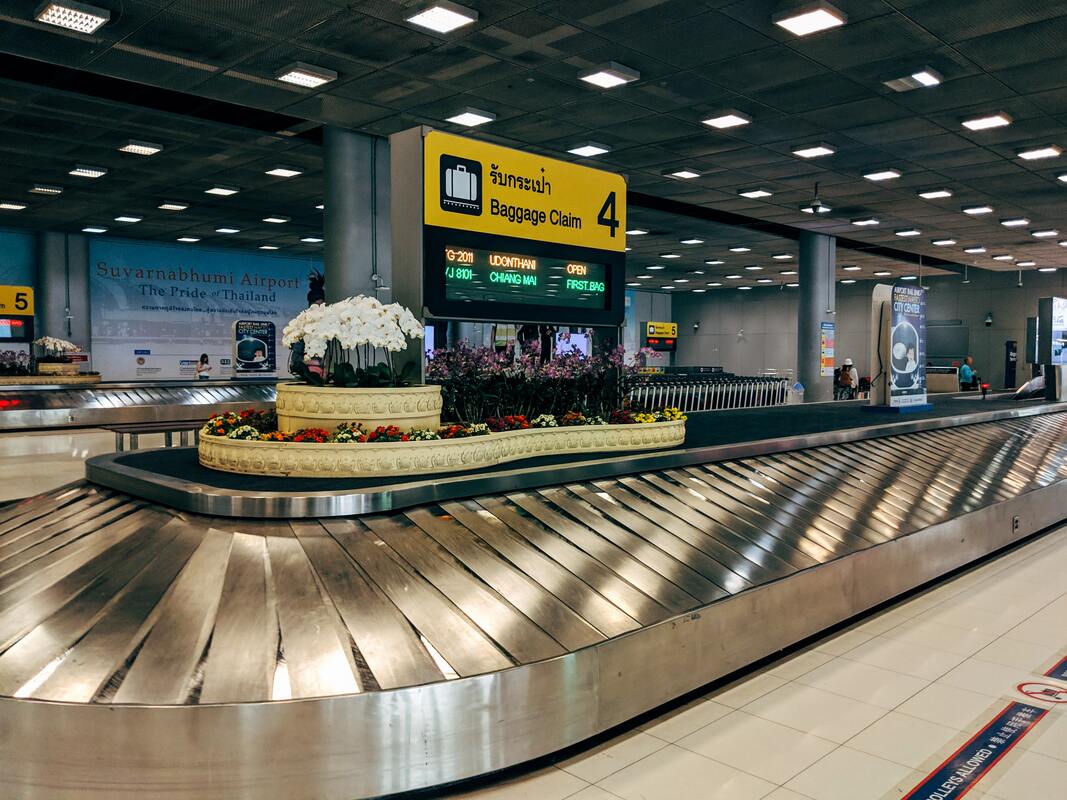
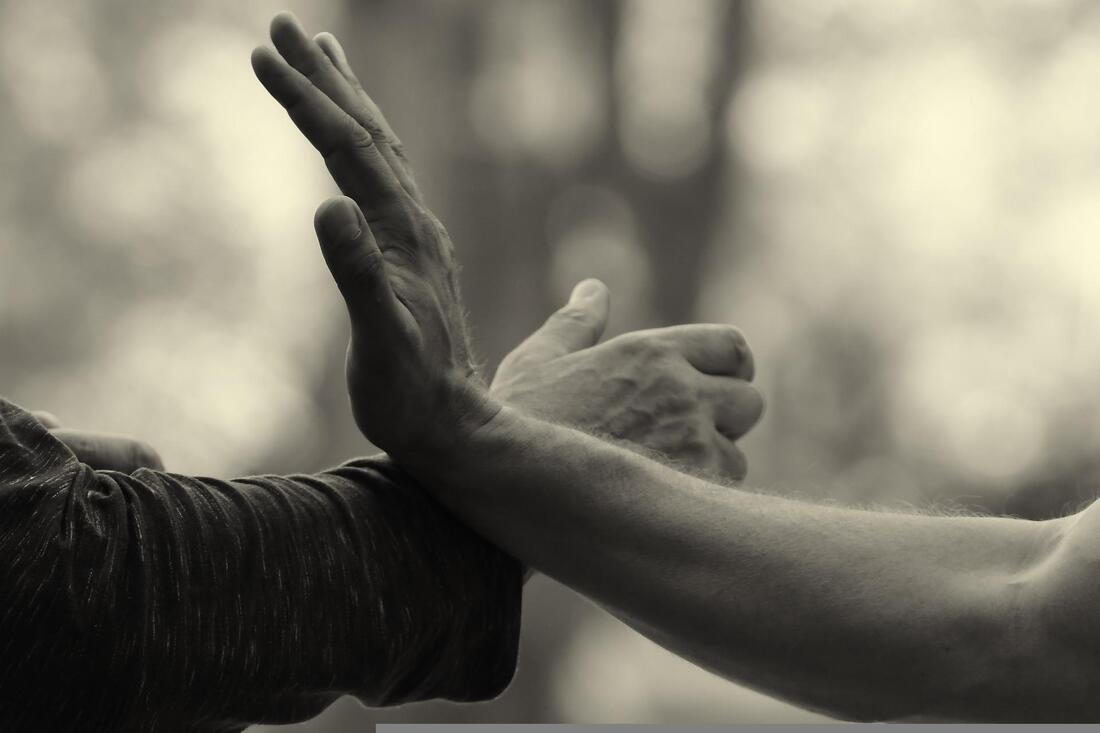
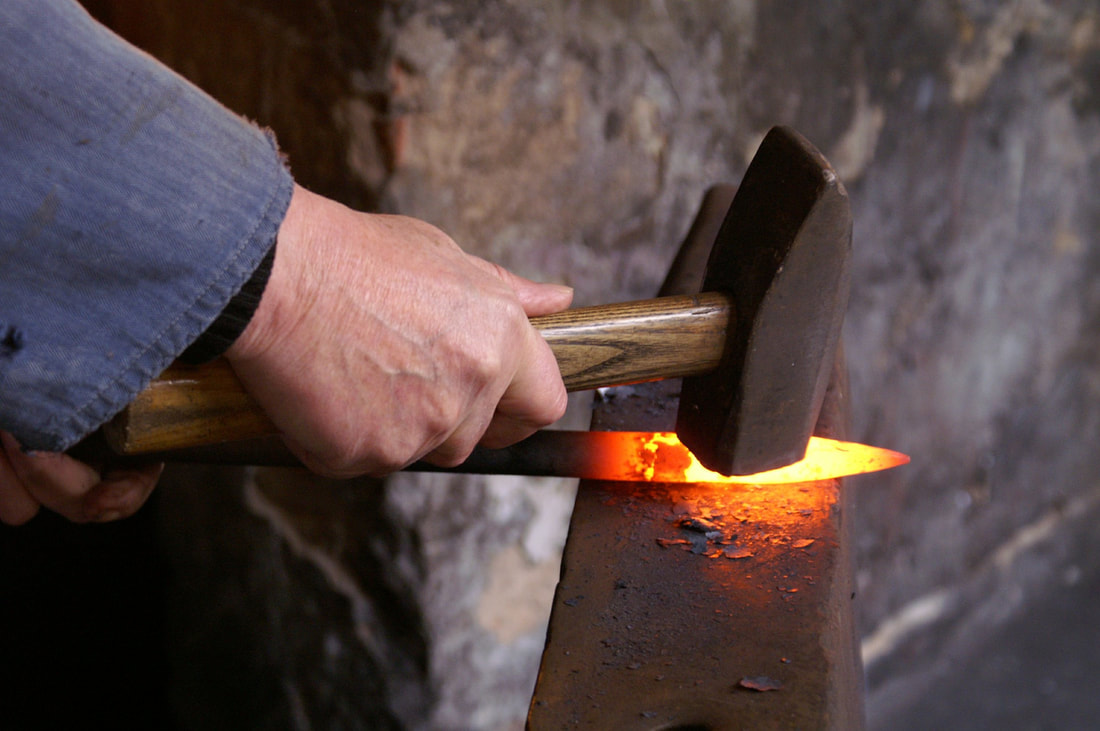
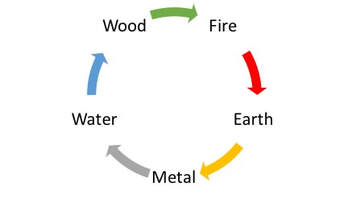

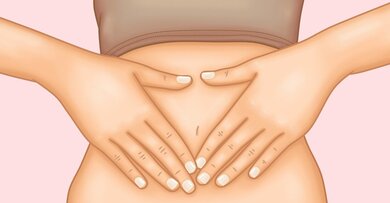
 RSS Feed
RSS Feed